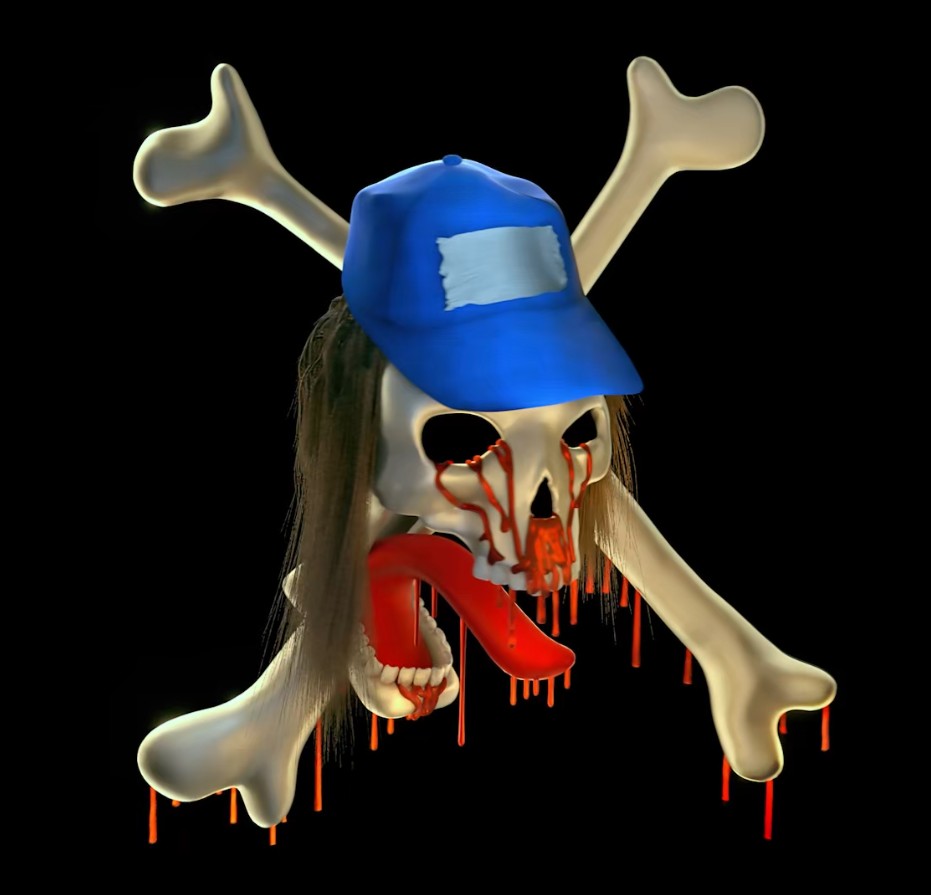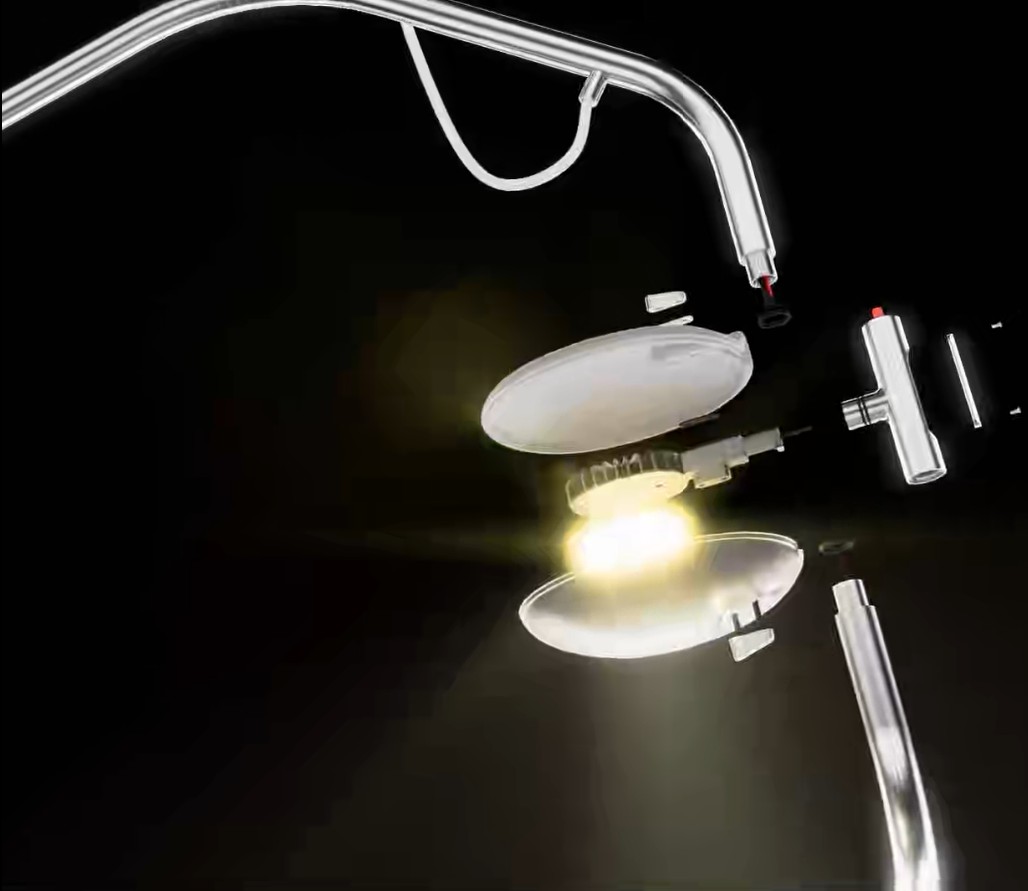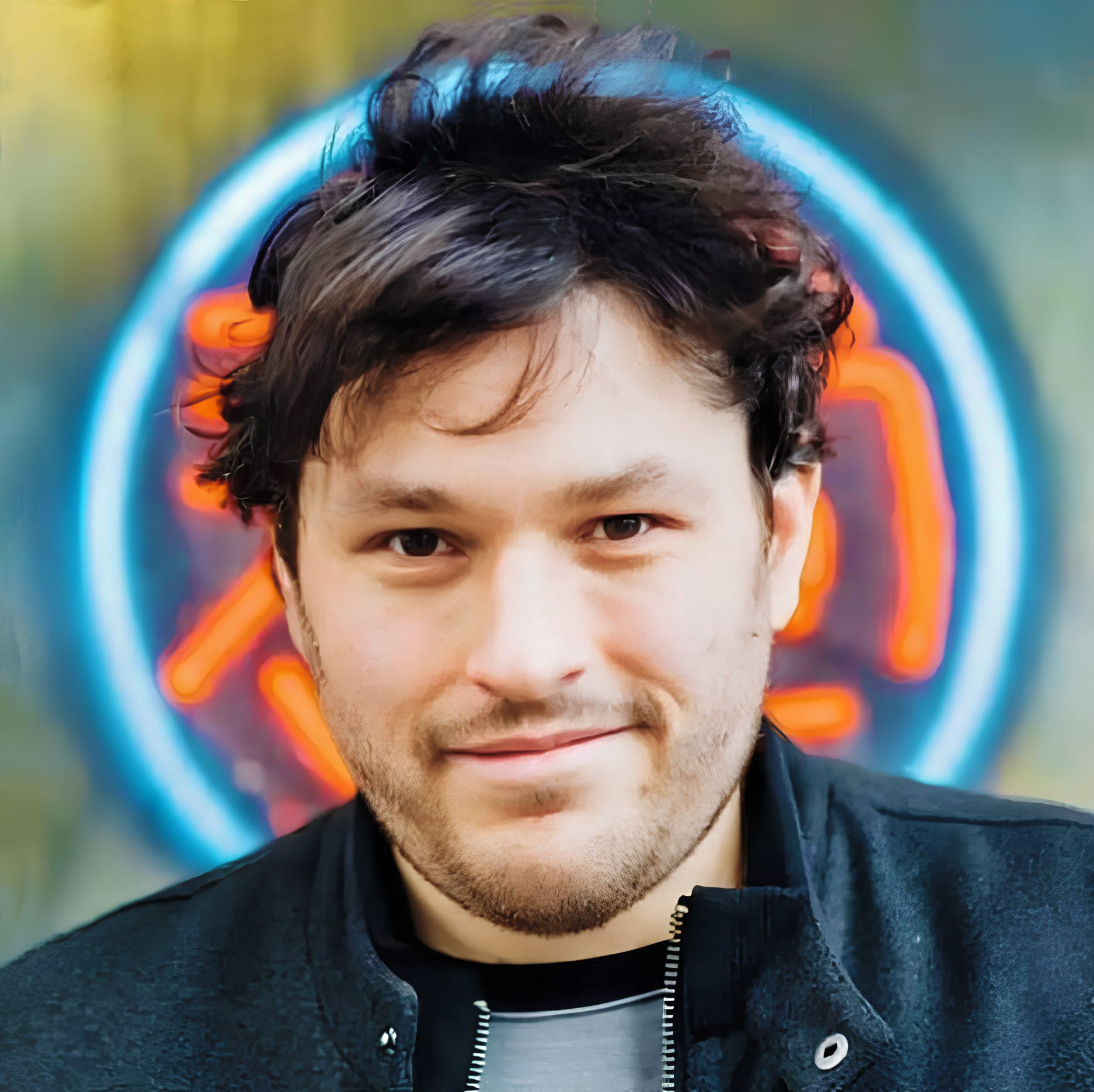We’re excited to introduce you to the always interesting and insightful Andrew Strasser. We hope you’ll enjoy our conversation with Andrew below.
Andrew, looking forward to hearing all of your stories today. Before we get into specifics, let’s talk about success more generally. What do you think it takes to be successful?
Redefining the Win
For a long time, I thought success was a graph that only needed to go up in one direction. As long as my skills were sharper and the bank account was growing, I was winning. The problem is, we don’t live on a graph. While my career was thriving behind a computer screen, I was getting weaker, trading my vitality for my work. It was a kind of success that cost me my health, and I eventually realized that any “win” that requires you to lose yourself isn’t a win at all.
This is the trap: focusing so intently on one part of your life that you don’t notice the others are falling apart. It’s like tending to a single, prize-winning flower while the rest of the garden withers from neglect. What good is the one perfect bloom if it’s surrounded by decay? True success has to be an ecosystem, where your health, your work, and your spirit are all feeding each other.
For me, that meant a radical change. It meant stepping away from the screen and back into my own life. Now, success isn’t measured by my output, but by its alignment with my values. It’s running an Airbnb on the beach, doing yoga, and eating food that actually nourishes me.
Most importantly, it’s about curating my contribution. I only take on work that I feel genuinely adds value to people’s lives, like the projects I do with Lindsay Craik Coulter at Ion Medical. The goal is no longer just to be successful at something, but to be successful in a way that feels whole and constructive.
It’s a quieter, more grounded kind of success. It doesn’t always show up on a resume, but it shows up in my energy, my health, and my peace of mind. I’ve learned that the ultimate success is building a life you don’t need to escape from.
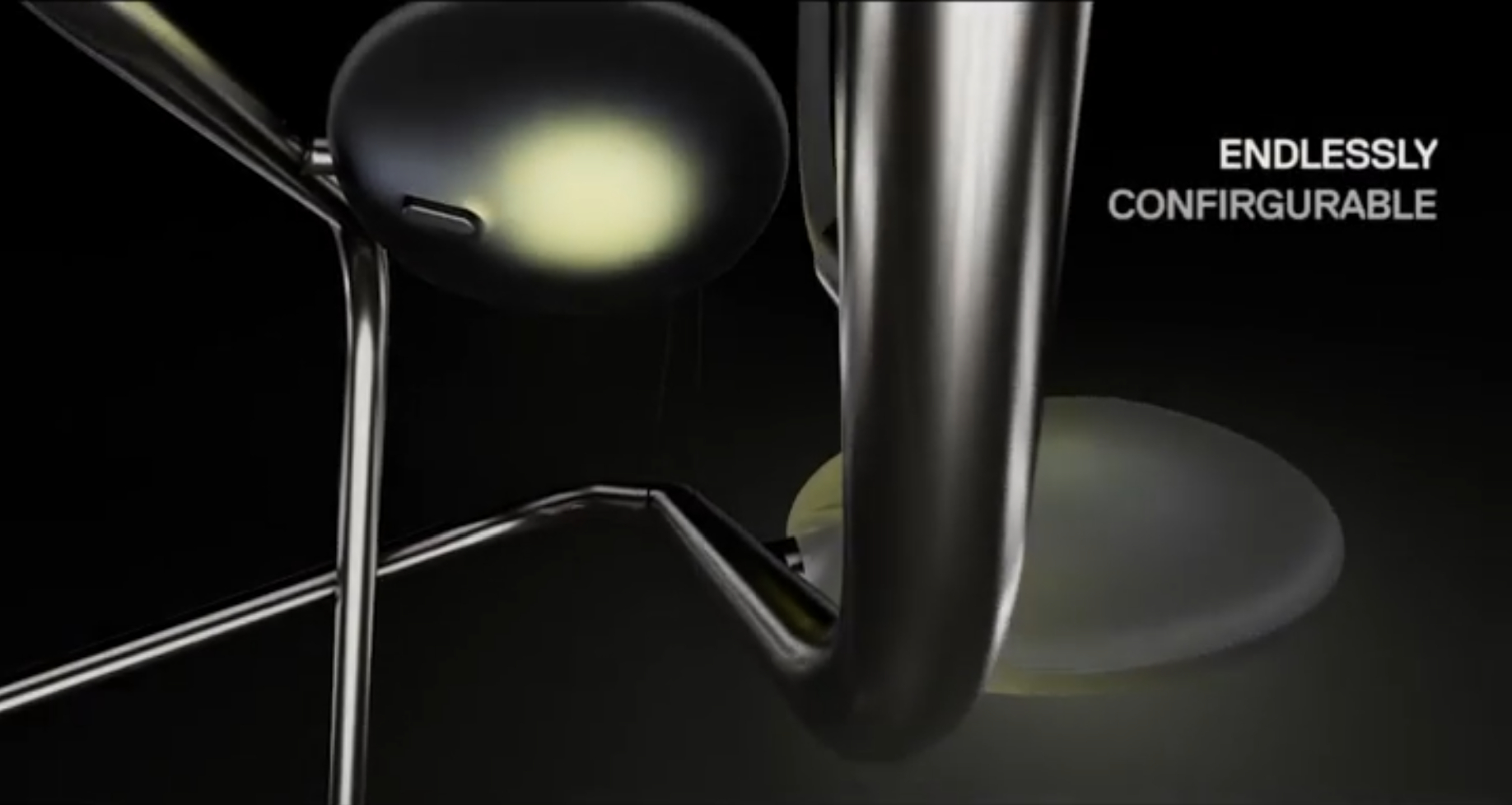
Andrew, love having you share your insights with us. Before we ask you more questions, maybe you can take a moment to introduce yourself to our readers who might have missed our earlier conversations?
I was born in Brazil and raised in the United States, and growing up with exposure to many cultures gave me a unique global perspective. As I moved around, I didn’t have a stable community of friends, so my time was often spent on the computer. In the early days before and during the first web browsers, I wasn’t just using the machine; I was making entire worlds inside it with software and programming. This led me to computer music, where I found community in fun little online gangs where we would create and share tracks.
In college, I brought my passion for music production to the communities I made there, but I quickly discovered that while my friends wanted to make their own music, they needed me for the visual side of their art. That’s how I fell into creative direction, design, websites, album covers, and press photos. My big break came from working with the musician Girl Talk. I created his early press images, album covers, and stage visuals for festivals. When his work exploded in popularity, it catapulted people’s awareness of my work, leading me to New York where I began working with other influential artists like Andrew W.K., Oneohtrix Point Never, and many others who wanted to capture that same youthful, indie buzz.
Today, my work has evolved to include a wide range of digital media production. I create 3D animations, particle-based special effects like liquids and fire, and high-fidelity 3D models. I also provide video editing, photography, and photo editing. Essentially, where people have complex creative or technical needs on a computer that they don’t want to do or can’t figure out how to do, that’s where I step in. A project I’ve been very passionate about recently is my work with Lindsay Craik Coulter from Ion Medical, where we create interactive injury boards for court case presentations. It’s incredibly rewarding because it’s a skill set being used to directly help people who are in serious need.
What sets me apart is not just the technical skill, but the experience that comes from doing this for a very long time. I know how to carry a client from the beginning to the end of a project, how to pace the work, and I love to connect with clients on video calls to really understand what they need to reach their goals.
After a long career of outsourcing my best efforts to help other people’s projects shine, the thing I am most proud of is my current moment. I am now investing back in myself by studying piano. It feels whole, like I’m finally refilling my own creative well instead of draining it for others. My dream is to one day create my own futuristic form of bossa nova.
When you put it all together, the main thing I want people to know is that I am fiercely loyal and genuinely want to see people succeed and shine to the highest levels. I am here to stand with them and make their dreams come true. But my partnership comes with a condition: they have to be ready to figure out what they really want to give to the world, and to themselves, first. Once that vision is clear, I’m ready to help build it.
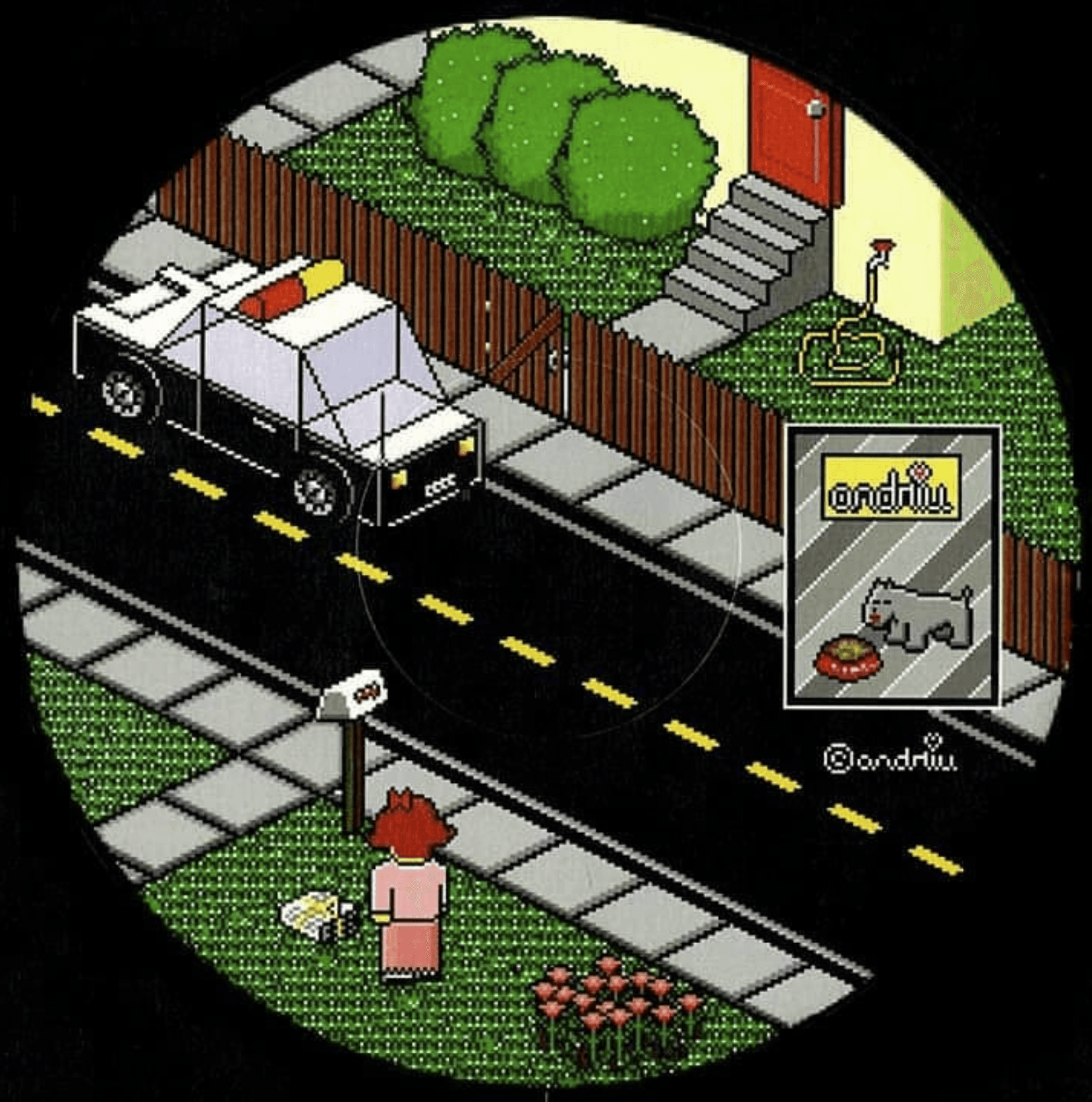
Alright – so here’s a fun one. What do you think about NFTs?
NFT’s should be used better with real world objects or activities (through various forms of real world measurements and tracking) so that people can use them to invest in positive real world change.

Looking back, are there any resources you wish you knew about earlier in your creative journey?
I wish my parents had let me just study music instead of making me do something that I didn’t suggest to them originally as one of my passions.
Contact Info:
- Instagram: @pixelmozart
- Linkedin: https://www.linkedin.com/in/andrew-strasser-8ab00523

